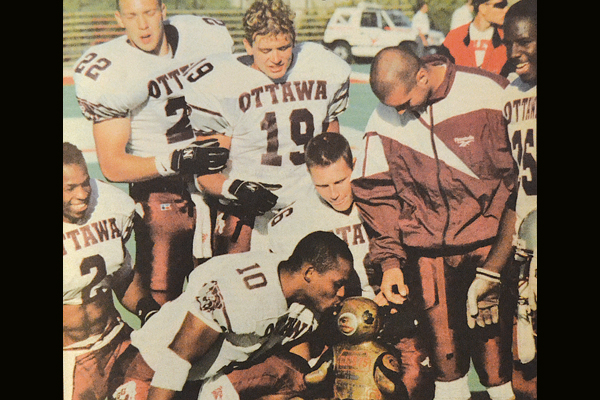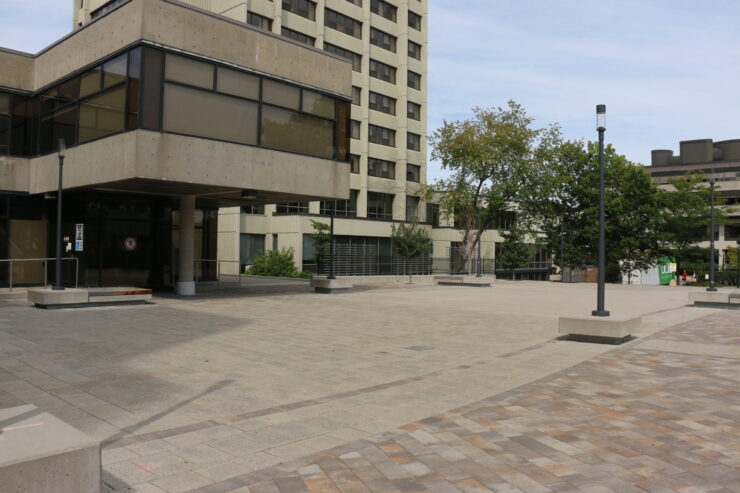The origins and future of the nation’s top collegiate football rivalry
Photo by Steve Johnson.When it comes to university football rivalries in Canada, one stands apart from the rest.
It may not be the oldest, but it is certainly the one with the richest history. A quintessential cross-town rivalry that carries the name of an animal nowhere near native to the area has captivated the nation’s attention for nearly 60 years. It’s not just another game on the schedule—the Panda Game is an event engrained deep in the fabric of Ottawa.
When it comes to football, the University of Ottawa has a history dating back to the 1890s. They were perennially a force to be reckoned with, and were almost as popular and successful as the storied Ottawa Rough Riders teams they played alongside. As time went on, city teams were ushered into the Canadian Football League that we know today, and college squads were separated. The U of O was alone in the city until the 1940s when Carleton University was found- ed and soon decided to field their own football team.
It was not until 1955 that things started to take off between the Gee-Gees and the Ravens. A student and associate editor at the Fulcrum by the name of Bryan McNulty decided to fire up the rivalry between his beloved U of O and the much younger and smaller Carleton. In preparation for the game between schools, McNulty decided to donate a stuffed panda bear named Pedro to serve as a Gee-Gees mascot. From that point the game grew every year, and Pedro became a celebrity of sorts, constantly being stolen back and forth between schools.
The majority of the time, the Gee-Gees reigned as victors, but the importance of the game was never discounted. Fans in excess of 16,000 flocked to Lansdowne Park each year to watch the game that had become bigger than all but the Grey Cup and Vanier Cup games. As popularity rose, the crowds became some of the most rowdy of any in North America.
This reached a boiling point in 1987 when a railing snapped and about 30 fans fell more than 30 feet onto a concrete floor, injuring many and putting one in a 20-day coma with a broken neck. From this point on, the game changed and started to fade, until 1998 when the Ravens team folded and the Panda Game was no more.
After a 15-year break, Ravens football returned, and with them the Panda Game was revived in 2013. With a freshly rekindled fire, the Gee-Gees dismantled the Ravens 35-10, improving their all-time Panda Game record to 33-12. Now that Pedro has been sitting comfortably in his rightful Sandy Hill home for the last year, it’s once again time for his ownership to be put on the line.
The biggest improvement to the game this year is its return to where it began, on the grounds of Lansdowne Park. The newly refurbished 24,000- seat TD Place Stadium is home of the new Ottawa RedBlacks CFL team, the Ottawa Fury soccer team, and hopefully the Panda Game for years to come.
History has proven just how great the Panda Game can be, and this greatness has no end in sight. Tradition is of great importance as generations unite to relive the memories of Panda Games past. On Sept. 20 at 1 p.m., show your loyalty to the U of O and drape yourself in some garnet and grey as you watch the Gee-Gees fight to hoist Pedro again, even if it’s just for old times’ sake.
Student tickets for the 2014 Panda Game can be purchased for $15 (including transportation) at Capitaltickets.ca





